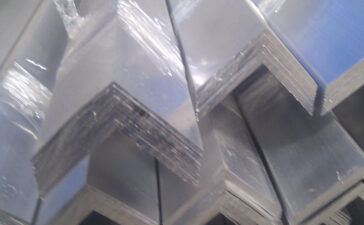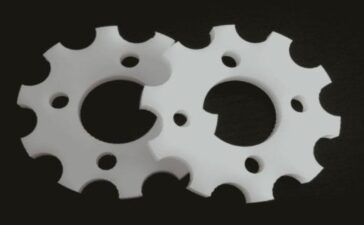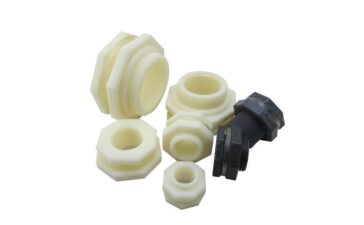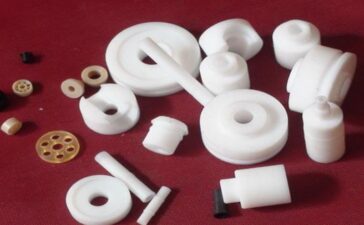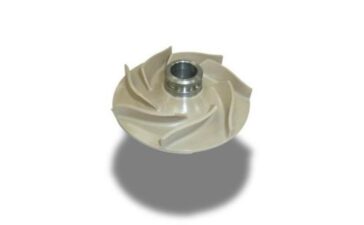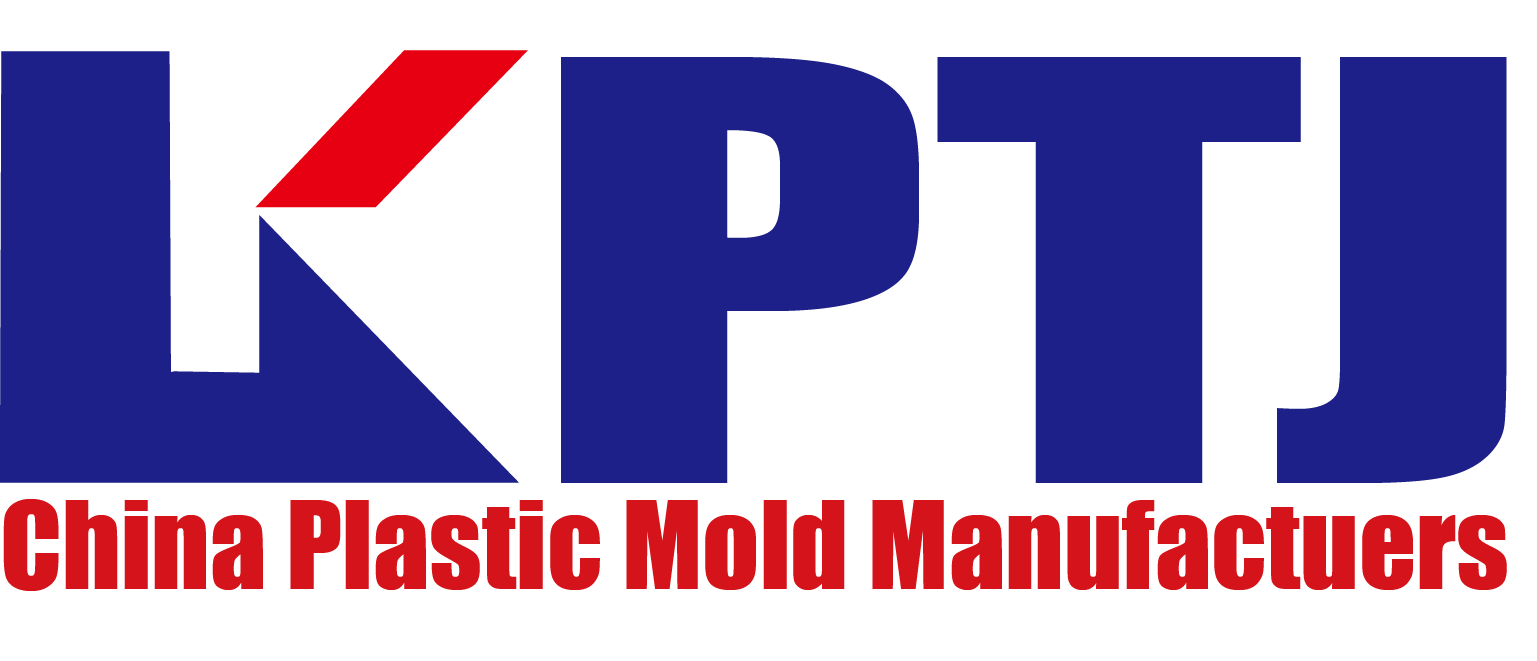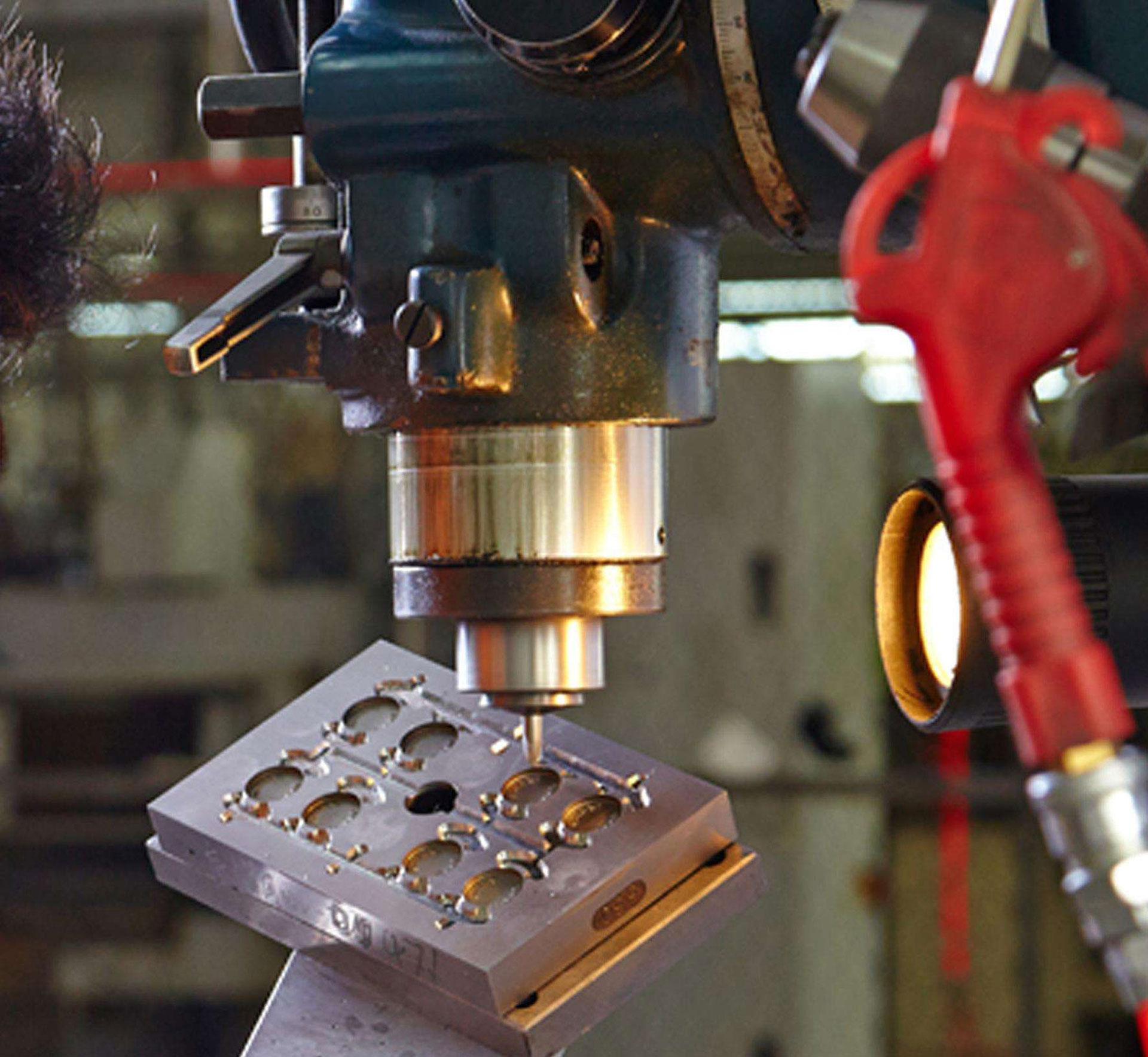The purpose of bakelite phenolic resin modification is mainly to improve its brittleness or other physical properties, improve its adhesion to fiber-reinforced materials and improve the molding process conditions of composite materials. Modification is generally through the following channels:
① Block phenolic hydroxyl groups. The phenolic hydroxyl groups of phenolic resins generally do not participate in chemical reactions during the resin manufacturing process. The phenolic hydroxyl group left in the resin molecular chain is easy to absorb water, which reduces the electrical properties, alkali resistance and mechanical properties of the cured product. At the same time, the phenolic hydroxyl group is easy to generate quinone or other structures under the action of heat or ultraviolet light, causing uneven color changes.
②Introduction of other components. Introduce a component that chemically reacts with phenolic resin or has better compatibility with it to separate or surround the hydroxyl group, so as to achieve the purpose of changing the curing speed and reducing water absorption. The introduction of other polymer components can combine the advantages of two polymer materials.
- Polyvinyl acetal modified phenolic resin is the most widely used in the industry with polyvinyl acetal modified phenolic resin, which can improve the resin’s adhesion to glass fiber, improve the brittleness of phenolic resin, and increase the composite material The mechanical strength reduces the curing rate and thus helps to reduce the molding pressure. The modified phenolic resin is usually a phenol formaldehyde resin synthesized with ammonia or magnesium oxide as a catalyst. The modified polyvinyl acetal is a polymer containing hydroxyl groups, acetal groups and acetyl side chains in different proportions. Its properties depend on: ①the molecular weight of polyvinyl acetal; ②polyvinyl acetal Relative content of hydroxyl, acetyl and acetal groups in the aldehyde molecular chain; ③ chemical structure of the aldehyde used. Due to the addition of polyvinyl acetal, the concentration of phenolic resin in the resin mixture is correspondingly reduced, which slows the curing rate of the resin, making low-pressure molding possible, but the heat resistance of the product is reduced.
- Polyamide-modified phenolic resin The polyamide-modified phenolic resin improves the impact toughness and adhesion of the phenolic resin, and improves the resin’s fluidity, and still maintains the advantages of the phenolic resin. The polyamide used for modification is a type of hydroxymethyl polyamide, which uses hydroxymethyl or active hydrogen to form a chemical bond during the synthesis of the resin or during the curing of the resin to achieve the purpose of modification.
- Epoxy-modified phenolic resin The composite material made of 40% first-order thermosetting phenolic resin and 60% diphenol-based propane epoxy resin mixture can have the advantages of both resins and improve their respective disadvantages. So as to achieve the purpose of modification. This mixture has excellent adhesiveness of epoxy resin, improves the brittleness of phenolic resin, and also has excellent heat resistance of phenolic resin, and improves the shortcomings of poor heat resistance of epoxy resin. This modification is through the chemical reaction between the hydroxymethyl group in the phenolic resin and the hydroxyl group and epoxy group in the epoxy resin, and the phenolic hydroxyl group in the phenolic resin and the epoxy group in the epoxy resin chemical reaction, and finally To achieve a complex body structure.
- Silicone modified phenolic resin Silicone resin has excellent heat resistance and moisture resistance. The heat resistance and water resistance of the phenolic resin can be improved by reacting phenolic hydroxyl groups or methylol groups in the silicone monomer novolac resin.
Modified phenolic resins with different properties can be obtained by using different organosilicon monomers or their mixed monomers and phenolic resins, with wide selectivity. The composite material prepared with silicone modified phenolic resin can work at 200~260℃ for a considerable period of time, and can be used as an instant high temperature resistant material, as an ablative material for rockets, missiles and the like.
- Boron-modified phenolic resin Due to the introduction of inorganic boron element in the molecular structure of phenolic resin, boron phenolic resin has better heat resistance, instantaneous high temperature resistance and mechanical properties than phenolic resin. The heat resistance, instantaneous high temperature resistance and ablation resistance of boron modified phenolic resin are much better than ordinary phenolic resin. They are mostly used in space technology fields such as rockets, missiles and space vehicles as excellent ablative materials.
- Xylene-modified phenolic resin Xylene-modified phenolic resin is a xylene ring with a hydrophobic structure introduced into the molecular structure of the phenolic resin, thus the water resistance, alkali resistance and heat resistance of the modified phenolic resin And electrical insulation performance is improved.
- Diphenyl ether formaldehyde resin Diphenyl ether formaldehyde resin is made of polyphenylene instead of phenol and formaldehyde polycondensation. The glass fiber reinforced composite material of diphenyl ether formaldehyde resin has excellent heat resistance and can be used as H-level insulation Material, it also has good radiation resistance and low hygroscopicity.


